In this month's blog, we're excited to share insights from our conversation with interior designer Louisa Grey, founder of House of Grey, a London-based studio known for its holistic approach to interior design.
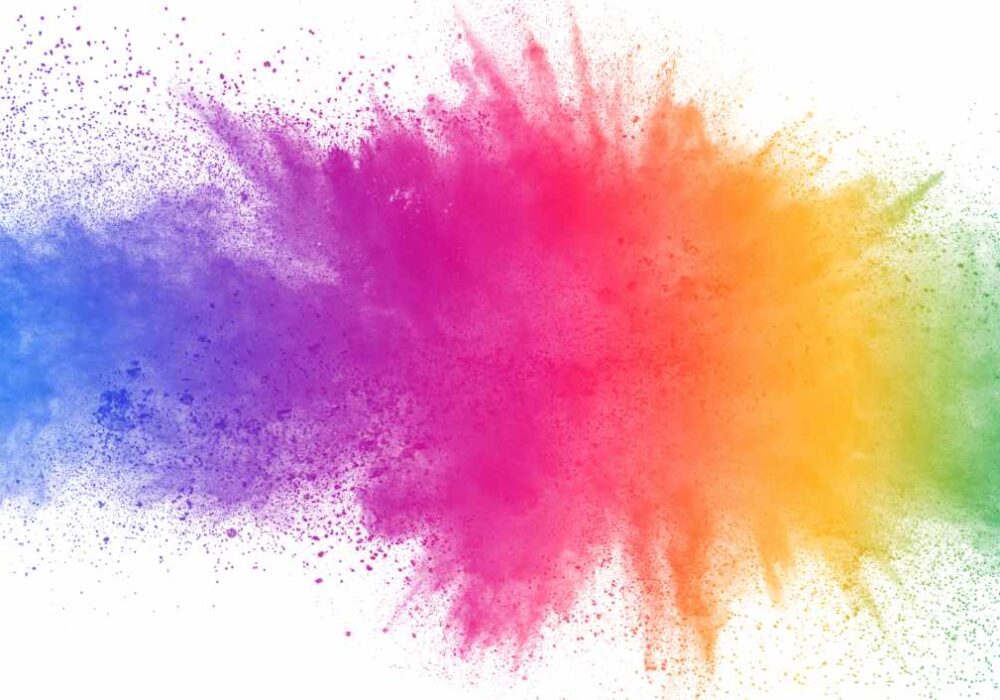
How does paint get its colour?
How paint get colour:
Paint colour pigments have been in use for over 40,000 years. Even before the time of the ancient Egyptians, we have been portraying our emotions through painted art and decorating the walls of buildings so they feel more like home.
There is even evidence to suggest humans have been using paint for as long as 100,000 years after the discovery of an abalone shell stone which was found in blombos cave South Africa. It is believed this stone was used in natural earth paints.
Fast forward to today, and paint is being used more than ever, with paint brands offering an almost endless selection of colours and shades. We now have the common paint that coats the walls of our homes, and high-tech paint which absorbs carbon dioxide.
Here is everything you need to know about how paint is created and how it gets its many colours.
Where does pigment for paint come from?
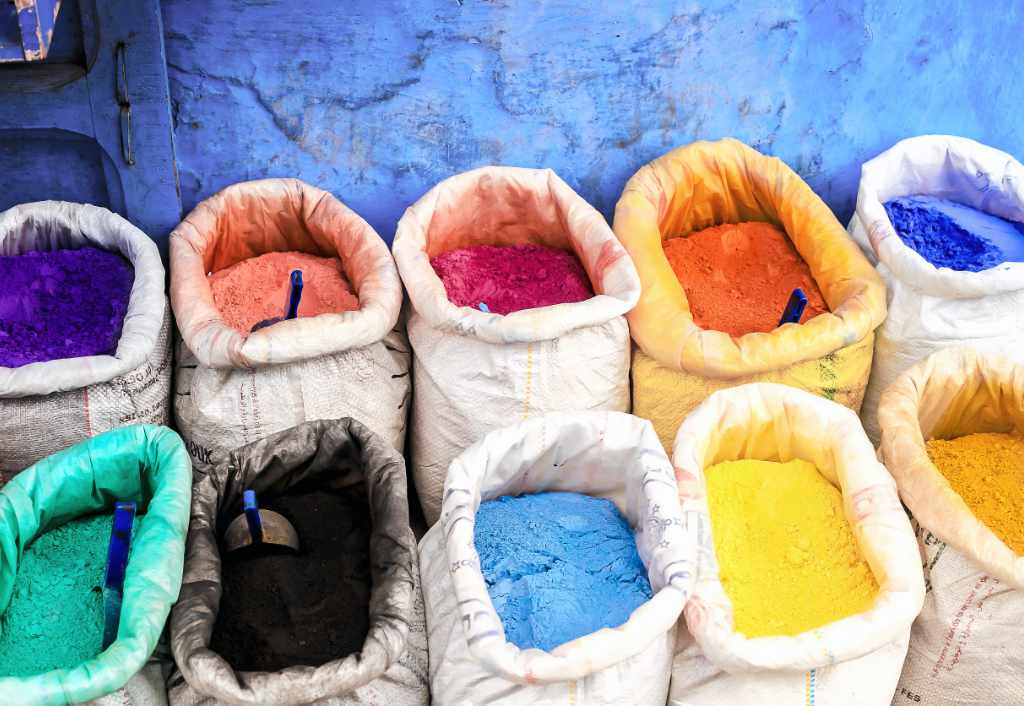
These natural pigments were the first sources of natural paint, sometimes referred to as “earth paint” because all the mineral pigments used were sourced from the planet.
These days, paints are easier to make and require fewer natural resources than natural earth paint. Different types of paint have also been created for different purposes. Acrylic paint comes in liquid form or powder, and you can even use it to style your nails. Graphenstone paints use new technology like graphene, to make the paint more durable, and being lime-based it absorbs carbon dioxide in the curing phase.
What pigments are used in paint?
Different paint brands use different mineral pigments. The ones they use depend on the outcome they want to achieve. For example, some paints (especially the ones used by artists) are focused on colour, whereas wall paints are focused on both colour and longevity. Carbon absorbing paints use a mixture of natural pigments and the raw material, limestone, to take advantage of ‘the lime cycle’. This is a natural cycle where the paint turns back to limestone when it drys and absorbs carbon in the process. You can read more about it by clicking here.
The most commonly used pigment in the world is iron oxide. Iron oxide is available in a range of colours, like iron oxide red and iron oxide yellow. There is also an iron oxide blue pigment which comes in a powder form and is used in printing inks.
Some paint brands still use natural pigments and raw materials, like carotenoids which are found in plants, and zinc, which is used to prime metals. Earth pigments are still used, and natural earth paint is still available, through the right paint brands.
How do they make paint pigments?

War paint is one of the earliest examples of pigments being used in society. Vikings and other ancient civilisations would grind down dark materials or use charcoal to paint intricate images on their faces. The idea of this was to scare or intimidate their enemies. In other instances, they would paint their faces to perform certain rituals.
Some of the paint we see in hardware shops today stems from the fifteenth century. It was around this time artists started to add drying oils to paints. This sped up evaporation and paved the way for household paints, once petrol chemicals and plastics were invented. Imagine trying to coat the walls of your house with pigments made from crushed berries and oil; they wouldn’t last!
Natural paint pigments UK
How paint get colour:
Natural paints are still used today, with most of them being created from plant extracts or oils. People are becoming increasingly conscious of their impact on the environment, so natural earth paint is becoming more popular in the UK.
Although some natural pigments come from raw materials, most natural earth paint comes from plants. There are four categories of plant pigments which are used to create natural earth paints. These are chlorophylls, anthocyanins, carotenoids, and betalains.
Chlorophylls absorb sunlight and are what causes the green colour in some plants. Anthocyanins are water-soluble and can appear red, purple or black. Think of grapes, for example. Carotenoids are found in plants, and they are used for oranges, reds and yellows. Carrots are an example of where you can find carotenoids. Finally, betalains are a red and yellow pigment found in the likes of beetroots.
Natural pigments are normally used in the arts industry for watercolours and paints. Although natural pigments can be found in the manufacturing industry, they are less common.
Natural pigments to make paint
Paint get colour:
The earth has an almost limitless source of natural pigments, like acidic fruits and coloured berries. Some natural paints are easy to make and can be created at home. Other paints-like industrial ones-require factories, chemical reactions, and an abundance of natural resources.
For example, blue pigment is notoriously hard to make and is usually made from boiling the bark of a dogwood tree. This requires a lot of space and machinery, so industrial blue pigment is not something that can easily be achieved from the comfort of your home!
There are more easily accessible natural pigments to make paint. Some of them can be bought from shops and others can be grown in your garden. For example, you can mix coffee with water to create a natural brown paint and crush red okra to make a natural red pigment.
How to make natural paint pigments

Here are a few examples of natural pigments which you can easily make yourself:
Red: Let’s say you wanted to paint a canvas red. You can easily push some raspberries or strawberries through a sieve. You can then mix the extracted juices with water to create a natural red.
Black: If you want to paint with black, then use charcoal. Burn some spare wood, collect the left-over charcoal, mix this with water and paint away!
White: You can even use eggs to create natural pigments. For example, if you want to create white paint, you can mix chalk with egg yolks and water.
If you can picture a colour, then you can be sure there is a natural resource which can be used to create it, like blueberries, blackberries, coffee, and soft fruits.
Paints that protect the planet
Our paints are planet friendly, by design they don’t contain any petrol chemicals, microplastics and only have trace VOCs. Our lime-based paints absorb carbon dioxide when they cure, mostly in the first 30 days and this can be as much as 5 kilos for every 15 litres of paint used. We even have a paint that purifies the air, perfect for a baby’s nursery. This protects the planet we live on and creates a cleaner atmosphere in your home or business, meaning fresher air and healthier lungs.
Discover more about our carbon-absorbing paints by clicking here.


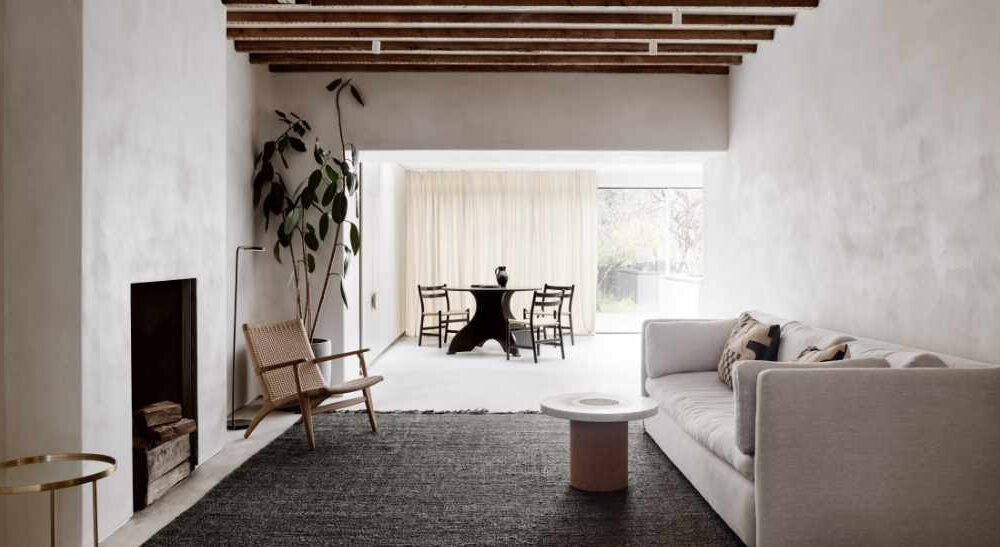

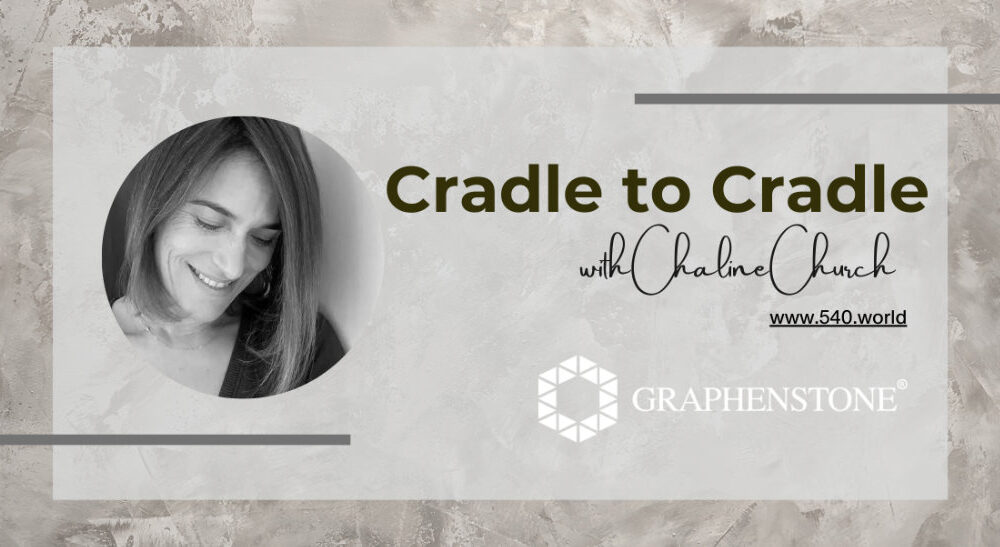
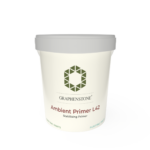
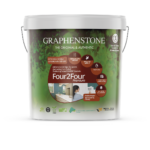

This Post Has 0 Comments